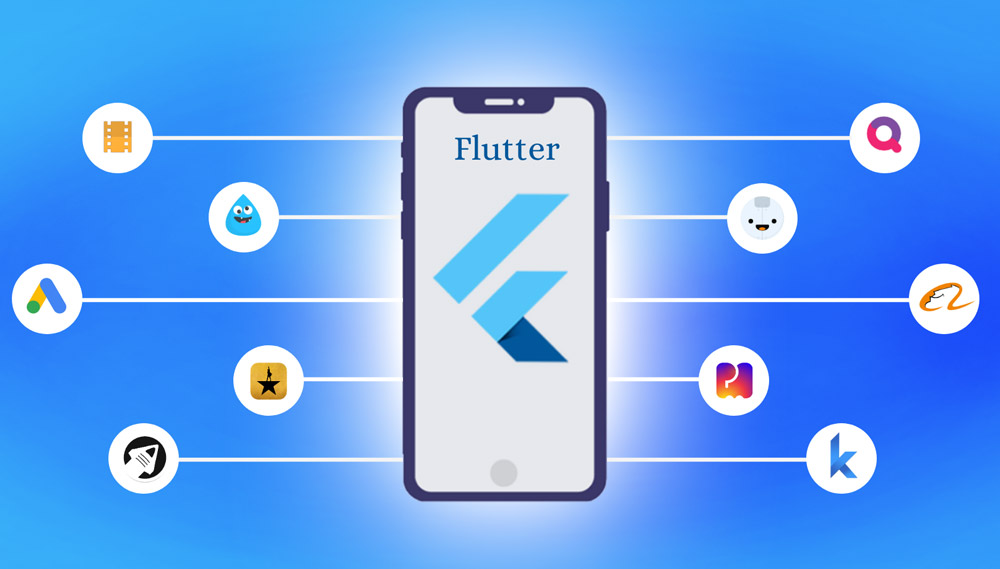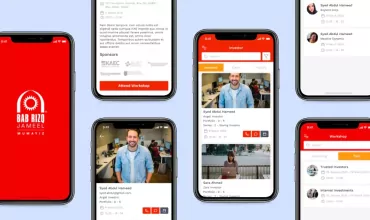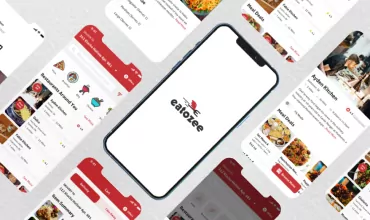For Beginners: What is Flutter, Its Features & Advantages

Table of Contents
Technology is evolving way faster than one could imagine and there is always something new to learn! If we talk specifically about mobile technology then there is no dearth of frameworks available to create high-end mobile applications.
This blog is about one the most sought after cross-platform frameworks coming straight from Google!
The cross-platform development frameworks have always been the talk of the town, exciting users by giving them the ability to burn down a lot of development efforts and make things easier for the developers. Saving the headache of creating the same application in two different platforms for mobile i.e. in Android & iOS can be kept at bay if you have one such UI toolkit that can be used to develop a single application that can run on both the platforms seamlessly.
Now in order to get a hand on something, it is prominent to know what it is and how good it can be when brought into the usage.
What is Flutter?
Flutter is basically a cross-platform UI toolkit made available by Google that can be used to create great natively compiled high-quality mobile applications with a single codebase. You can also create web and desktop applications as well as using Flutter. What’s more exciting other than it’s strong development capabilities is that it is an open-source framework. It uses Dart, a programming language developed by Google itself that provides a simple yet effective and powerful mobile SDK to write the high-end mobile application across mobile operating systems.
What makes Flutter a standout performer in application development is that unlike other frameworks available, it doesn’t use WebView or OEM to draw the widgets. Instead, it uses its very own high-performance engine to render the UI widgets. It provides access control to manipulate the things in a much easier way to the developers where they can read, replace, remove, and make changes just like that. It uses Dart for most of its system’s implementation such as gesture, animation & widgets.
Interesting features :
With an extremely rich set of material design and widgets, one can develop a wide range of beautiful applications with great performance. Here are some of the key features of Flutter:
-
Open Source:
Flutter is a free and open-source framework that makes it easy to develop whatever you want in your own way. -
Accessible Native Features and SDKs:
Through the Flutter’s native code, it becomes quite easy and exciting to use third party integration and platform API usage. -
Cross-Platform:
Flutter allows you to run and maintain once written code on different platforms, and this, in turn, saves a lot of time and development efforts. -
Minimal Code:
The Dart programming language that Flutter is developed in, uses AOT and JIT compilation which has the ability to improve the overall start-up time, application functioning, and performance results. -
Hot Reload:
Hot reload is an amazing feature that shows you the changes made by the developers in the code quite instantly. The immediate showcasing of the changes in the app itself is such an exhilarating experience for a developer. -
Widgets:
The specifically customized design achievement in Flutter is very easy with its exquisite range of widgets. Flutter basically comes with two different sets of designs, namely material design & Cupertino widgets that offer a glitch-free running experience on all platforms.
Every language has its own share of pros and cons and Flutter is no exception as well. Let’s have a look at the advantages and disadvantages of it.
Advantages brought by Flutter:
- As we are quite familiar with the fact that it is a cross-platform framework, application testing does not require to run the same set of test cases on different platforms.
- The high-performance UI development tools, advanced APIs, and design-centric widgets make the overall user interface more interactive as well as very smooth while using.
- A reactive framework leaves off the trouble of updating the UI content manually.
- Because of its speedy development ability, it is much more suitable for the Minimum Viable Product applications.
Main Disadvantages:
- As the language is still evolving, it needs constant support through the script’s maintenance.
- As it uses the Dart programming language for coding, in order to develop the application in Flutter, you have to learn a whole new language which is still easy to learn.
Flutter has very well created documentation that can guide you to learn the development from scratch and go on creating fantastic applications all by yourself in no time. So what are you waiting for, if you are looking for some new and exciting mobile development stuff that it’s high time you start working on Flutter.



